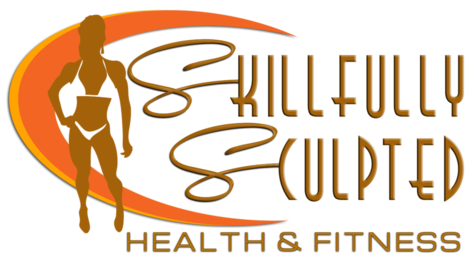A gentle morning stretch can help us to start the day feeling more energized. And you don’t have to wait until you get out of the bed. There are moves you can do right in bed, before youre feet even touch the ground.
Regular stretching is a key component of wellness. It’s the perfect complement to our cardio and resistance training workouts. It also helps in reducing the risk of injury. Both our range of motion and body control can be enhanced with regular stretching. In particular, stretching at the start of the day can help with getting the blood flowing and boosting our mental clarity. A wonderful way to get our days started.
In this gentle morning stretch flow, I share movements beginning from a reclined position and ending with us in sitting upright. No props are needed, but feel free to use cushions for additional support, if you find it helpful. As we’re going through, you’ll notice that I cue the breathing quite often. Connecting to your breath during stretching routines allows for us to deepen into the stretches more comfortably. See how it feels to keep a steady breath as you’re moving through.
Let me know how this morning stretch goes for you!











